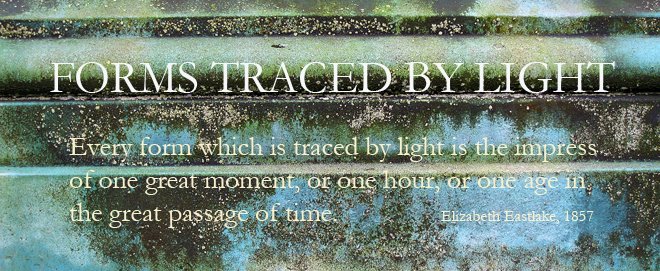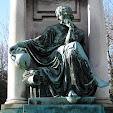
It is, unmistakably, that time of the year when procrastination takes the form of sorting out statements, receipts, paid bills, and various unopened envelopes (I found a surprise check in one of these last week, which should teach me to be less cavalier about things that I think are circulars).
And it's another example of documenting the everyday, which is why I'm using it to interrogate the comment of John Tagg's in a piece that we'll be reading for Thursday, in which he informs us that "Histories are not backdrops to set off the performance of images. They are scored into the paltry paper signs, [the agglomeration of pixels, too?] in what they do and do not do, in what they encompass and exclude, in the ways the open on to or resist a repertoire of uses in which they can be meaningful and productive. Photographs are never 'evidence' of history; they are themselves the historical..." Well, yes and no. They may surely be read as evidence in some ways, even if a gloss would be needed: this is what paper information looked like before everything went digital, and therefore this is what we had to deal with way back when - and more obliquely: I can call the posting "taxing" not just as a punning way of referring to doing taxes, but as a means of referencing the fact that in February 2009, one simply doesn't want the depressing sight of a TIAA-CREF statement staring one in the face. There's also personal history written into the image: the postcard on the table is of Jacob Lawrence's Forward (1967), which I bought when visiting the North Carolina Museum of Art, and which had fallen in with other papers relating to my time at the National Humanities Center - and it accidentally provides, therefore, a commentary on the good political stuff of 2008, since it shows the courageous work of Harriet Tubman guiding escaping slaves along the Underground Railroad.
But how may this image itself be said to be "the historical"? Tagg's very Foucauldian reading is one in which he sees photographs as having agency dependent on the contexts in which they are found: the signs that they contain therefore take their place, and have their impact, whether challenging or existing current power relations, according to the uses to which they might be put. I'm quite sure a Foucauldian reading of the history implied in this image would be very possible - the degree to which our earnings and expenditure are monitored, traceable through identifying numbers; our dutiful paying of taxes as testimony to the way in which we go along with the state's demands from us (a libertarian might come out with a different interpretation, but then s/he might not have such a more-or-less tidily kept paper trail in the first place). But thinking this through reveals the weaknesses inherent in thinking of documentary as a genre characterized by unequal power relations, I think. (Of course, one could always make another case - one for my gaining a false mastery over these pieces of printed paper through turning them into something aesthetic. For after all, the context of the postings here tends to be a very mild, disappointingly unpolemical one...).


No comments:
Post a Comment